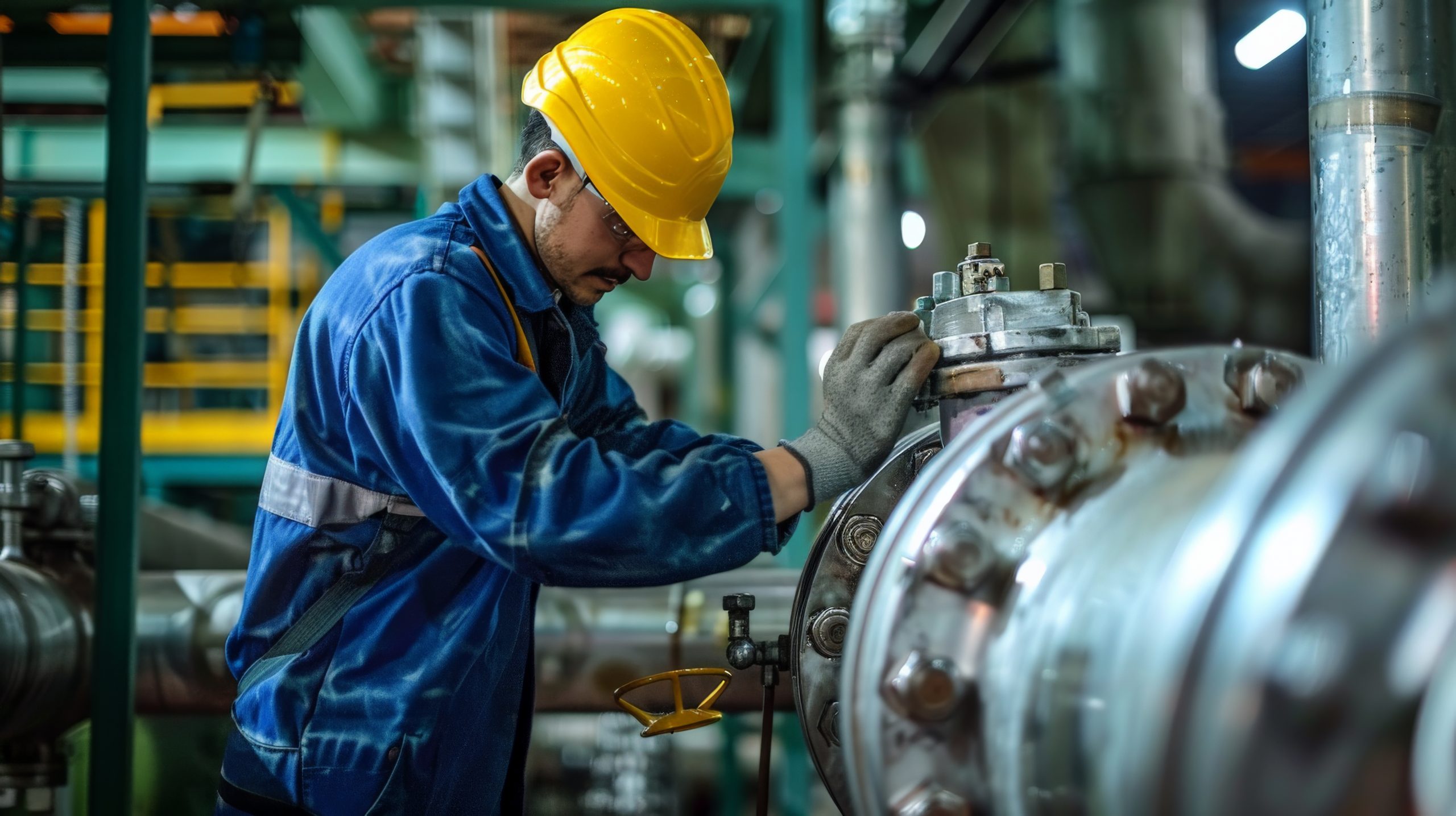In today’s industrial landscape, ensuring that machinery operates efficiently and safely is essential to maintaining productivity and reducing costs. One of the most effective tools used for this purpose is vibration analysis. Vibration analysis is a technique used to monitor the condition of machines, detect potential issues early, and prevent costly failures. In this article, we will explore what vibration analysis is, how it works, and its benefits across different industries.
What is Vibration Analysis?
Vibration analysis involves measuring the vibrations produced by machines and equipment. Every machine generates vibrations during its operation, and these vibrations can tell a lot about the condition of the machine. By analyzing the amplitude, frequency, and phase of these vibrations, maintenance teams can identify potential problems, such as misalignment, imbalance, looseness, or wear in the machine’s components.
In simple terms, vibration analysis allows you to “listen” to the machine and detect abnormalities before they lead to breakdowns or failures. It is an essential part of predictive maintenance strategies, helping to extend the lifespan of machinery and reduce unexpected downtime.
How Vibration Analysis Works
The process of vibration analysis typically involves three main steps:
- Data Collection: Vibration sensors, such as accelerometers, are mounted on the machine at specific points to measure the vibration levels. These sensors capture real-time data on the machine’s vibration patterns during normal operation.
- Data Analysis: Once the data is collected, it is analyzed using specialized software. This software breaks down the vibration signals into their frequency components and identifies any unusual patterns or peaks that may indicate a problem.
- Diagnosis and Action: Based on the analysis, maintenance teams can determine the root cause of any abnormal vibrations and take corrective action. This might involve tightening loose components, rebalancing rotating parts, or scheduling a more detailed inspection.
Benefits of Vibration Analysis
- Early Detection of Problems: Vibration analysis can detect issues such as bearing wear, misalignment, imbalance, or loose components before they cause a complete breakdown. This allows maintenance teams to address problems early, preventing unplanned downtime and reducing repair costs.
- Increased Equipment Lifespan: By identifying and fixing issues before they escalate, vibration analysis helps extend the lifespan of machinery. Regular monitoring and timely interventions ensure that equipment continues to operate efficiently for longer periods.
- Reduced Downtime: Unplanned equipment failures can lead to costly downtime, which disrupts production and affects business operations. Vibration analysis helps prevent these failures by providing insights into the health of machines, allowing for planned maintenance activities.
- Cost Savings: Predictive maintenance techniques like vibration analysis are more cost-effective than reactive maintenance. Addressing minor issues before they become major problems saves money on repairs, spare parts, and labor.
- Improved Safety: Faulty machinery can pose safety risks to workers, especially in industries like manufacturing, mining, and construction. Vibration analysis helps identify potential hazards and ensures that machines are operating safely and within recommended parameters.
Applications of Vibration Analysis
Vibration analysis is widely used across various industries, including:
- Manufacturing: In manufacturing plants, vibration analysis is used to monitor the health of critical machinery such as motors, pumps, compressors, and fans. Early detection of issues ensures continuous production and prevents costly shutdowns.
- Energy and Power: In power generation plants, vibration analysis plays a crucial role in monitoring turbines, generators, and other rotating equipment. Ensuring the reliability of these machines is essential for maintaining power output and avoiding disruptions.
- Oil and Gas: In the oil and gas industry, vibration analysis is used to monitor pumps, compressors, and drilling equipment. By detecting issues early, companies can avoid expensive equipment failures and potential safety hazards.
- Aerospace: Vibration analysis is employed in the aerospace industry to ensure the safety and reliability of aircraft engines and components. Monitoring vibrations during operation helps identify potential failures and ensures safe flights.
- Automotive: In the automotive sector, vibration analysis is used to assess the health of engines, transmissions, and other critical components. Identifying issues early helps maintain vehicle performance and safety.
Best Practices for Implementing Vibration Analysis
To make the most of vibration analysis, it’s essential to follow some best practices:
- Regular Monitoring: Set up a regular schedule for collecting vibration data. Continuous monitoring allows for the early detection of changes in vibration patterns and helps prevent unexpected breakdowns.
- Proper Sensor Placement: Ensure that sensors are installed at the correct locations on the machine to capture accurate data. Different types of machines may require specific sensor placements for optimal results.
- Data Trending: Over time, collect and analyze vibration data to establish trends. This helps in identifying patterns that may indicate gradual wear or other long-term issues.
- Training and Expertise: Make sure that your maintenance team is trained in vibration analysis techniques and understands how to interpret the data. Experienced analysts can make more accurate diagnoses and recommend effective corrective actions.
Conclusion
Vibration analysis is a powerful tool that plays a crucial role in predictive maintenance and machinery health management. By detecting potential problems early, it helps reduce downtime, extend equipment lifespan, and improve safety across industries. Implementing vibration analysis as part of your maintenance strategy can save time, money, and resources, while ensuring that your machines continue to operate smoothly and efficiently.
As industries continue to evolve, the importance of vibration analysis will only grow, making it an essential tool for businesses looking to stay competitive in the modern industrial landscape.




